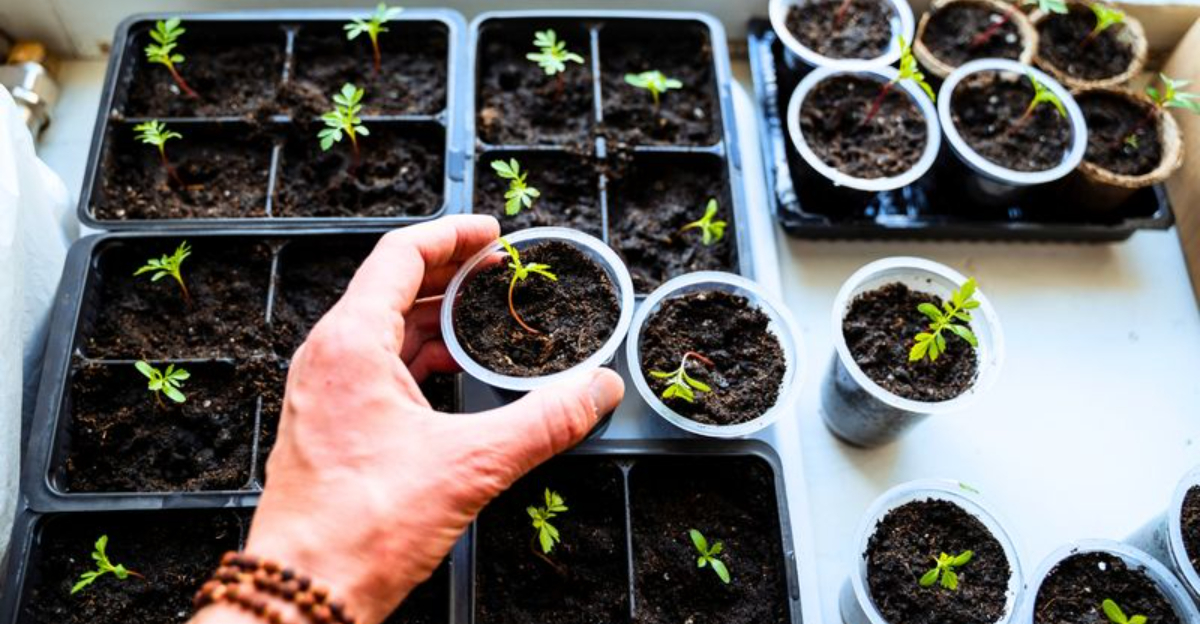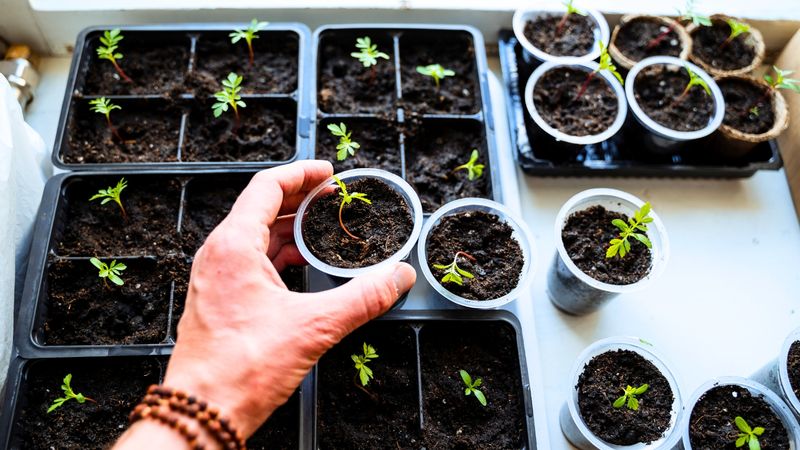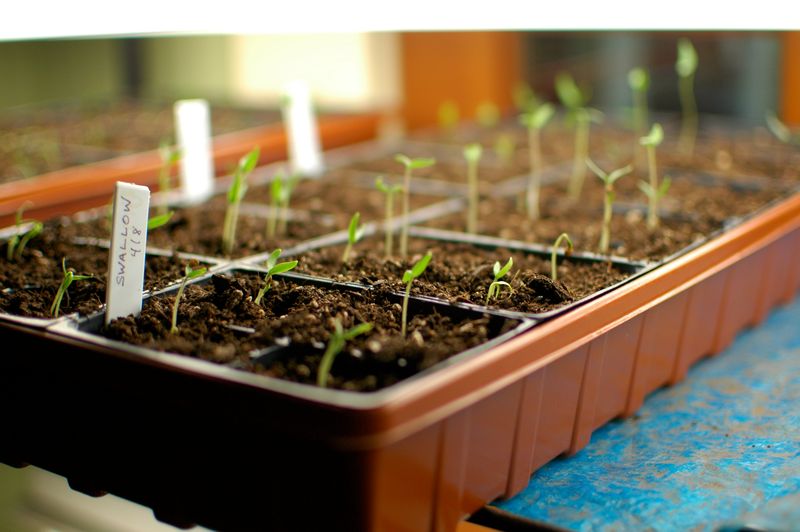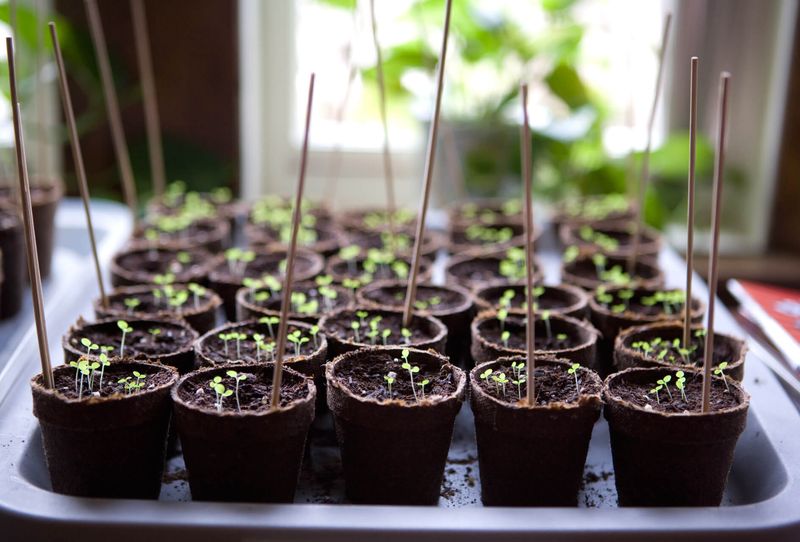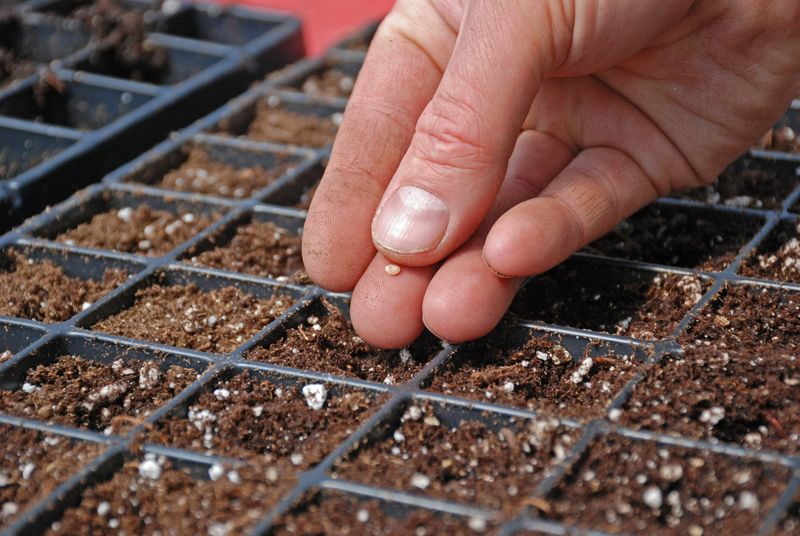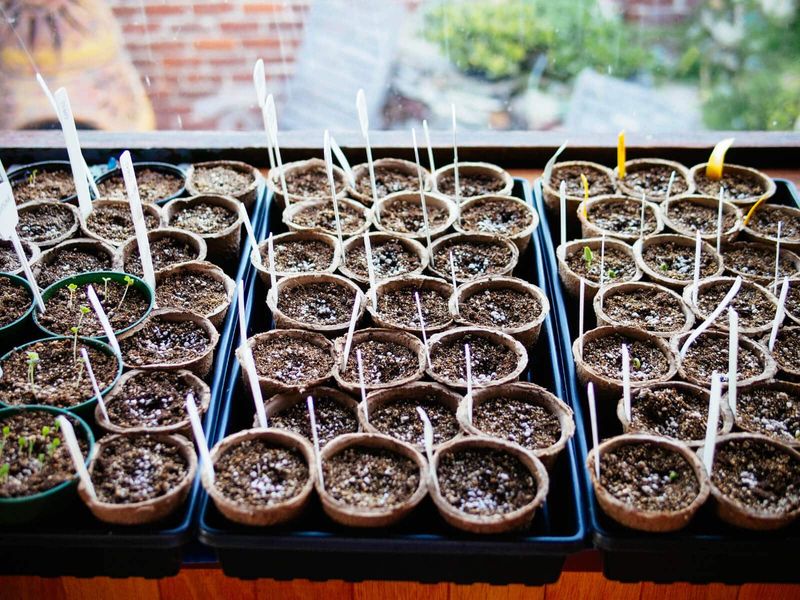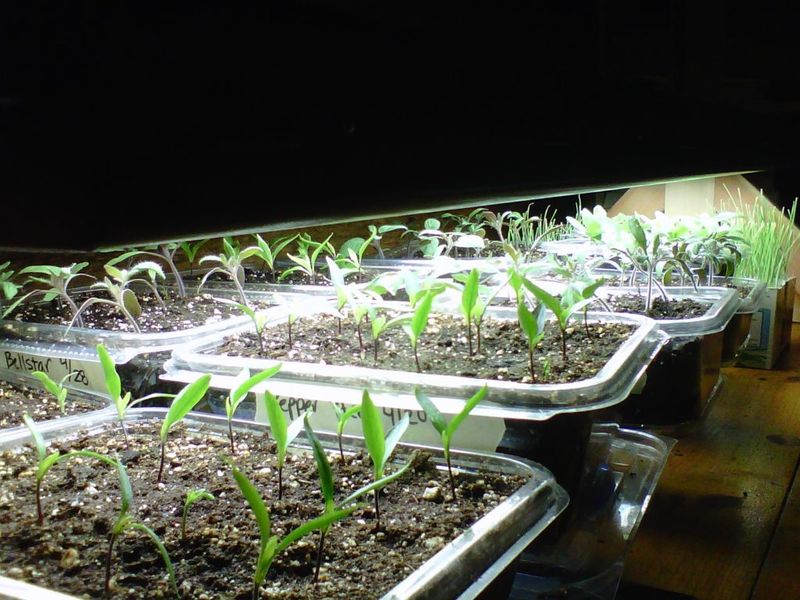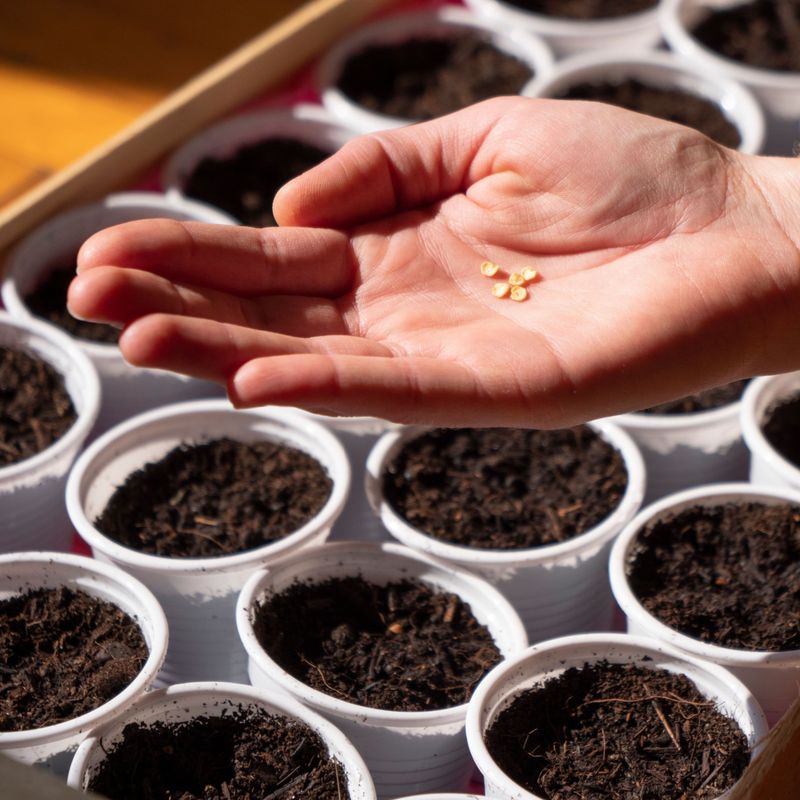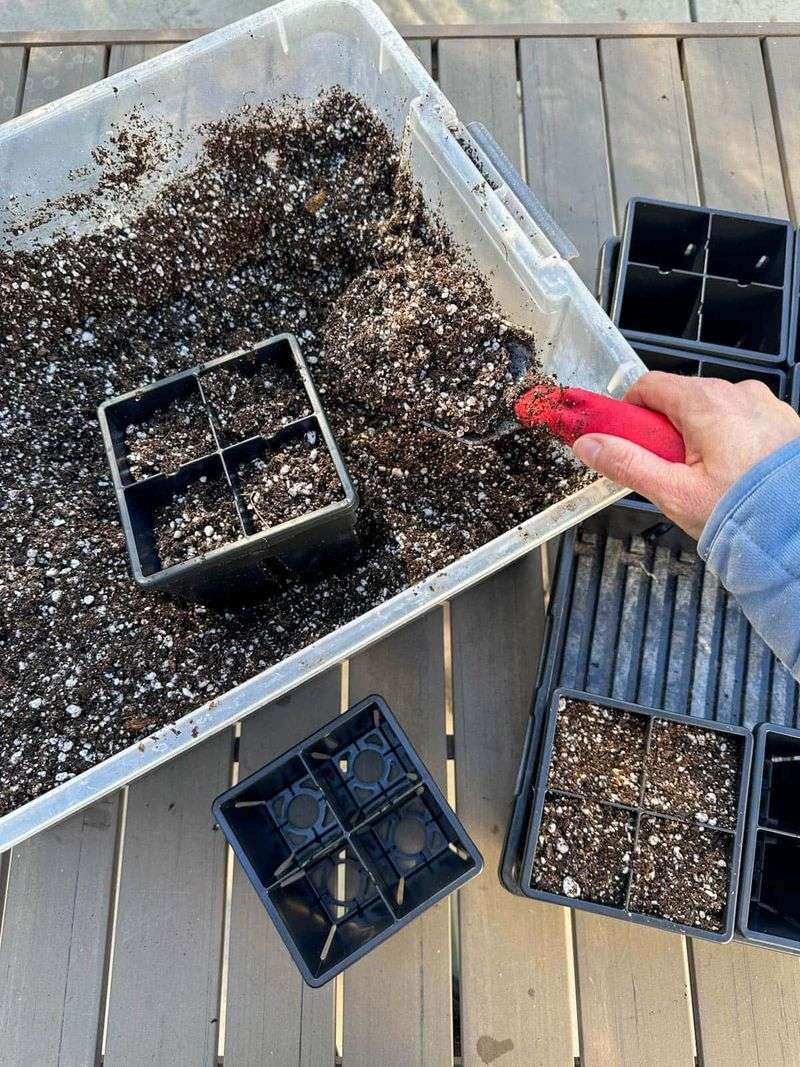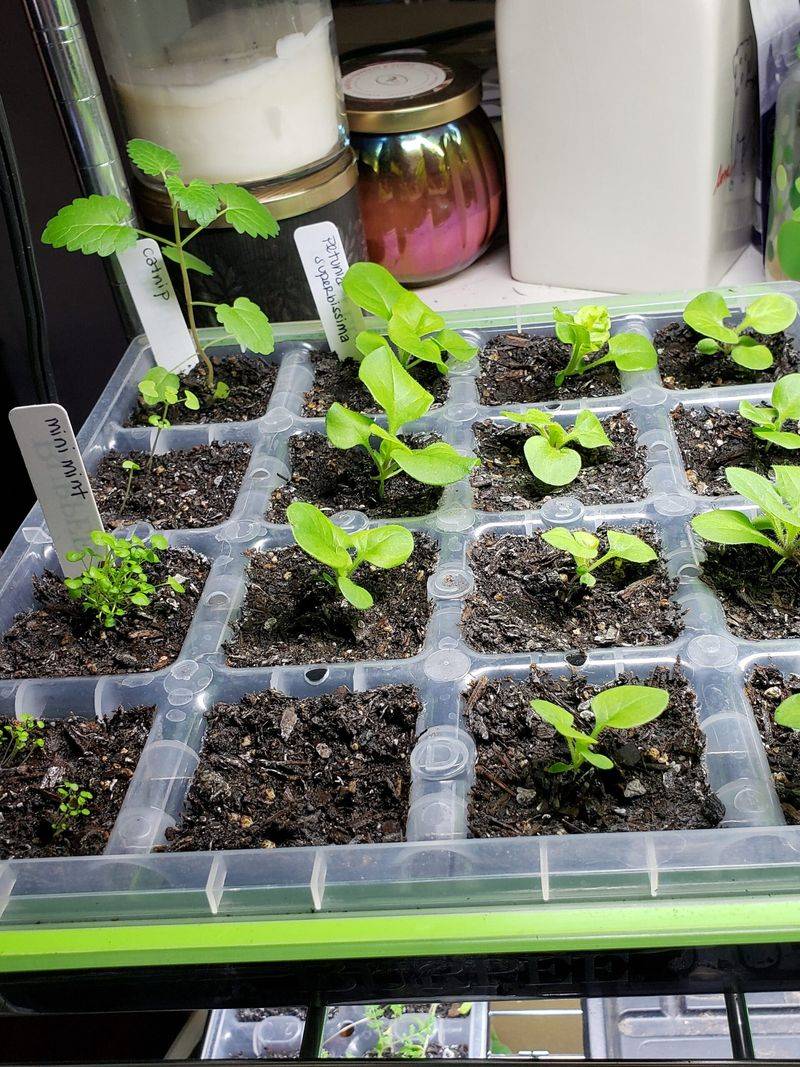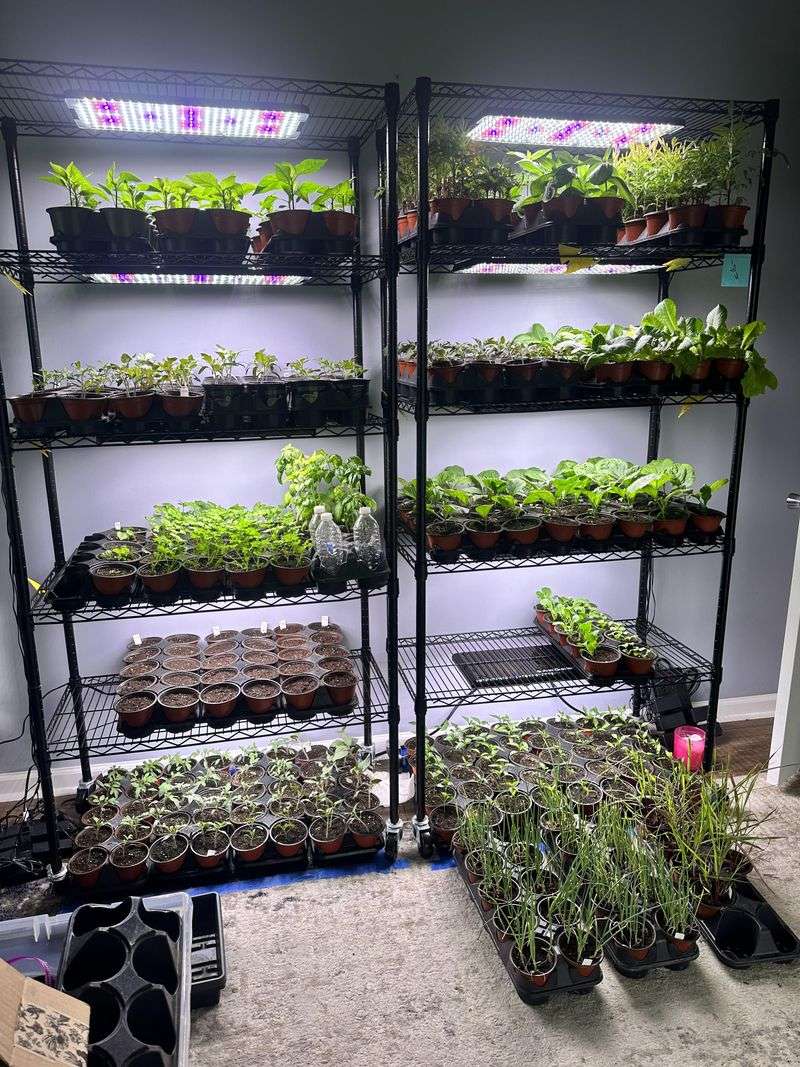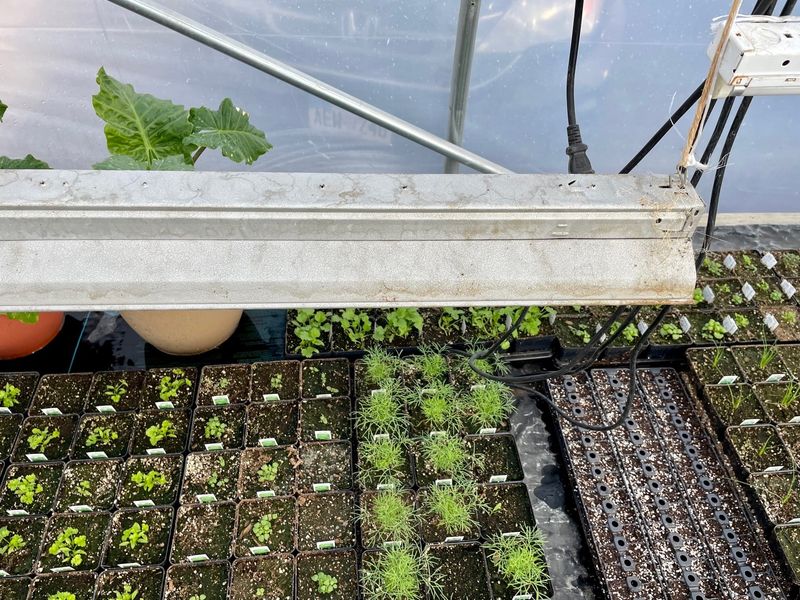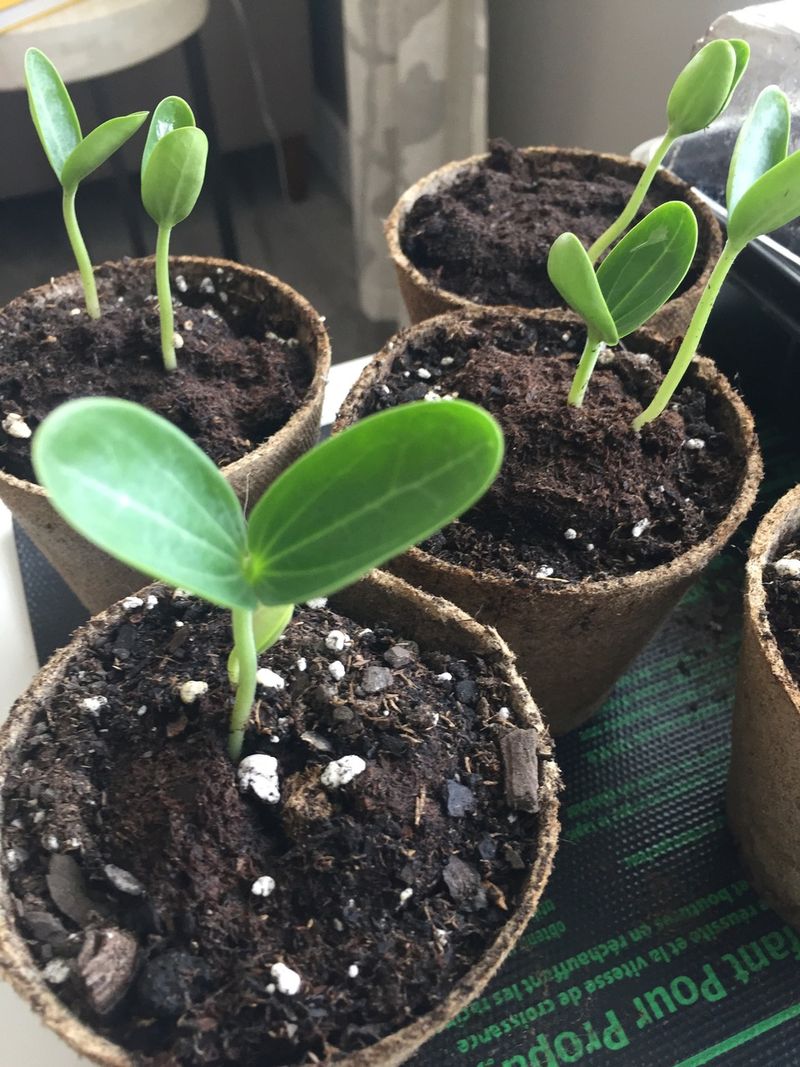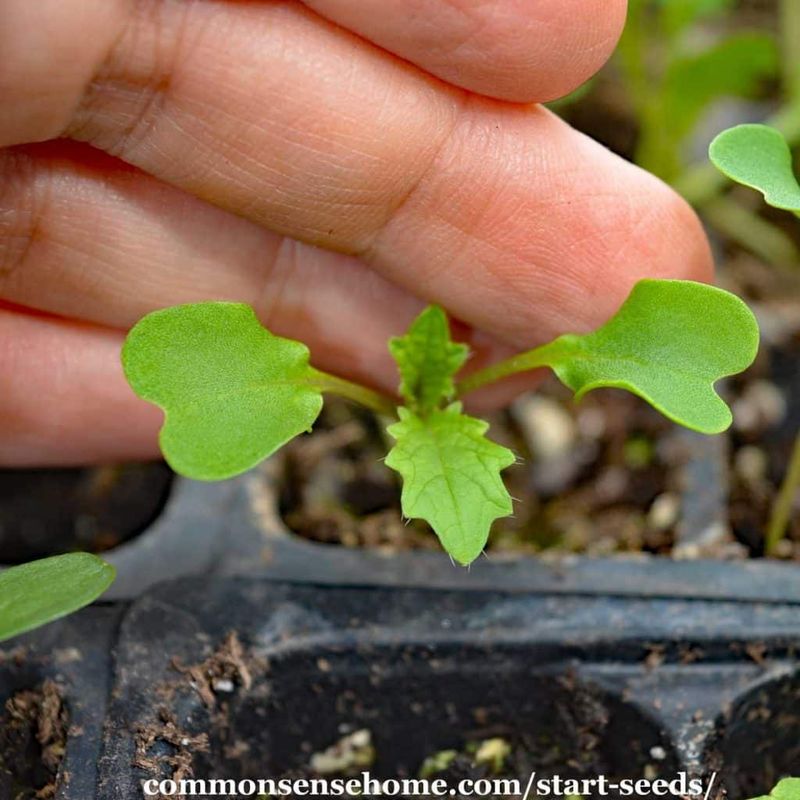Starting seeds indoors can be a rewarding and cost-effective way to kickstart your garden, but timing is everything.
Depending on your hardiness zone, the best time to start seeds indoors can vary significantly.
This guide explores the optimal timing for 13 different hardiness zones, helping you plan your planting schedule with precision and ensure a thriving garden.
1. Zone 1: Extreme Cold
In Zone 1, where winters are long and brutally cold, starting seeds indoors requires patience and planning. Typically, seeds should be started 10-12 weeks before the last expected frost date, often not until late June. Hardy vegetables such as kale, cabbage, and broccoli fare well in these conditions.
Consider using grow lights to give your seedlings the warmth and light they need. Keep an eye on soil temperature and moisture levels, ensuring they remain consistent. Starting seeds indoors in Zone 1 can be challenging, but with the right setup, it’s possible to get a head start on the growing season.
2. Zone 2: Very Cold
Zone 2 shares similarities with Zone 1 in terms of cold, but with a slightly earlier planting schedule. Begin your indoor seed-starting journey 8-10 weeks before the last frost, around late May to early June. Vegetables like carrots, peas, and spinach are great choices.
Utilize a sunny windowsill or supplemental lighting to provide adequate light for growth. Maintain a stable indoor climate for successful germination. Starting seeds in Zone 2 allows for a modest extension of the gardening season, yielding fresh produce earlier in the year.
3. Zone 3: Cold
In Zone 3, where spring arrives a tad earlier, seeds can be started indoors 6-8 weeks before the last frost date, typically in May. Consider hearty crops like lettuce, onions, and beets that thrive in cooler weather.
Ensure seedlings receive ample light, either from windows or grow lights. Pay attention to watering, as indoor environments can dry out the soil quickly. By starting seeds indoors in Zone 3, gardeners can enjoy an extended harvesting season and potentially multiple planting cycles.
4. Zone 4: Moderate Cold
Zone 4 offers a slightly longer growing season than its colder counterparts, allowing for indoor seed starting 6-8 weeks before the last frost, usually in late April. Choose crops such as peppers, tomatoes, and squash that appreciate a head start.
Providing consistent heat and light is crucial for healthy seedlings. Use heat mats if necessary to maintain soil warmth. Starting seeds indoors in Zone 4 provides a jump on the growing season, maximizing yield potential and ensuring robust plants ready for transplanting.
5. Zone 5: Cool
In Zone 5, gardeners can start seeds indoors about 6-8 weeks before the last frost date, generally around late March or early April. Opt for crops like tomatoes, eggplants, and basil, which benefit from an early start.
Ensure seedlings receive adequate light and warmth to prevent legginess. Regularly check moisture levels to avoid over-drying or waterlogging. Starting seeds indoors in Zone 5 lets gardeners make the most of the growing season, ensuring plants are strong and well-established when moved outdoors.
6. Zone 6: Mild
Zone 6 allows for a flexible planting schedule, with seeds typically started indoors 6-8 weeks before the last frost, usually in late March. Vegetables like cucumbers, melons, and squash thrive with an early start.
Provide seedlings with adequate sunlight or grow light to foster strong growth. Keep the indoor environment stable to support healthy development. Beginning seeds indoors in Zone 6 offers an advantage in jump-starting the garden, leading to earlier and more productive harvests.
7. Zone 7: Warm
In Zone 7, where the climate is warmer, seeds can be started indoors about 4-6 weeks before the last frost date, usually around mid to late March. Consider planting beans, herbs, and leafy greens.
Maximize light exposure and maintain a warm indoor environment to encourage robust seedling growth. Regularly monitor for pests and diseases. Starting seeds indoors in Zone 7 can lead to an early start in the garden, providing a longer growing season and a continuous supply of fresh produce.
8. Zone 8: Mildly Warm
Zone 8 offers a longer growing season, allowing seeds to start indoors 4-6 weeks before the last frost date, typically in early March. Favor crops like tomatoes, peppers, and flowers that benefit from extra growing time.
Ensure seedlings have access to plenty of light and a stable temperature. Be mindful of watering needs, preventing either dry or waterlogged soil. Starting seeds indoors in Zone 8 enhances the chances of a successful garden, with early and abundant yields.
9. Zone 9: Warm Temperate
In Zone 9, the climate supports a generous growing season, with indoor seed starting 2-4 weeks before the last frost, usually in late February. Opt for fast-growing vegetables like zucchini, cucumbers, and tomatoes.
Provide consistent light and warmth to promote healthy seedling growth. Monitor humidity levels to prevent diseases. Starting seeds indoors in Zone 9 allows gardeners to take full advantage of the warm season, setting the stage for a flourishing garden throughout the year.
10. Zone 10: Subtropical
In the subtropical climate of Zone 10, gardeners can start seeds indoors 2-4 weeks before the last frost date, typically in early February. Focus on heat-loving plants such as peppers, okra, and eggplants.
Ensure seedlings receive ample sunlight and maintain a warm indoor environment. Regularly check for pests and diseases that might thrive in warm conditions. Starting seeds indoors in Zone 10 allows for an extended growing season, yielding bountiful harvests of tropical and subtropical plants.
11. Zone 11: Tropical
In the tropical climate of Zone 11, seeds can often be started indoors year-round, with the best time being 2-4 weeks before the onset of the rainy season. Choose tropical fruits and vegetables like papayas, bananas, and taro.
Focus on providing adequate light and warmth to mimic the natural environment. Be vigilant about moisture and humidity levels. Starting seeds indoors in Zone 11 ensures a thriving tropical garden, with continuous growth and harvest potential throughout the year.
12. Zone 12: Very Tropical
Zone 12, characterized by its very tropical climate, allows for year-round seed starting, ideally 2-4 weeks before the wet season. Opt for exotic plants like mangos, guavas, and passion fruit.
Replicate the natural tropical environment indoors with ample light and warmth. Pay close attention to humidity and watering to support lush growth. Starting seeds indoors in Zone 12 enables gardeners to cultivate unique and exotic plants, enjoying the bounty of tropical fruits and vegetables year-round.
13. Zone 13: Equatorial
In Zone 13, situated in equatorial regions, seeds can be started indoors at any time, with optimal results 2-4 weeks before the rainy season. Focus on equatorial crops like cocoa, coffee, and vanilla.
Ensure seedlings receive consistent light and warmth, along with meticulous attention to watering and humidity. Starting seeds indoors in Zone 13 offers the opportunity to grow a variety of equatorial plants, providing a continuous supply of herbs, spices, and fruits year-round.
